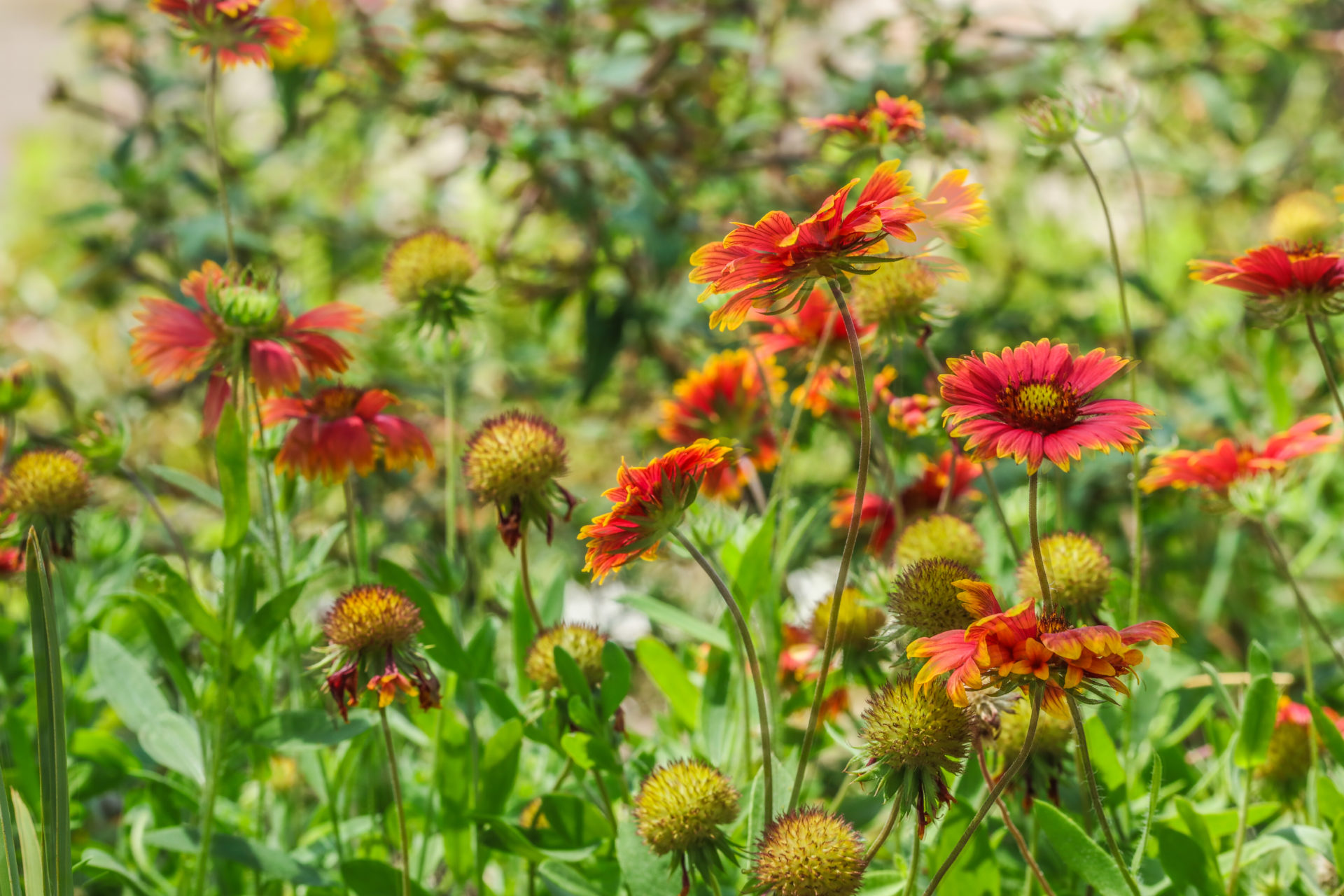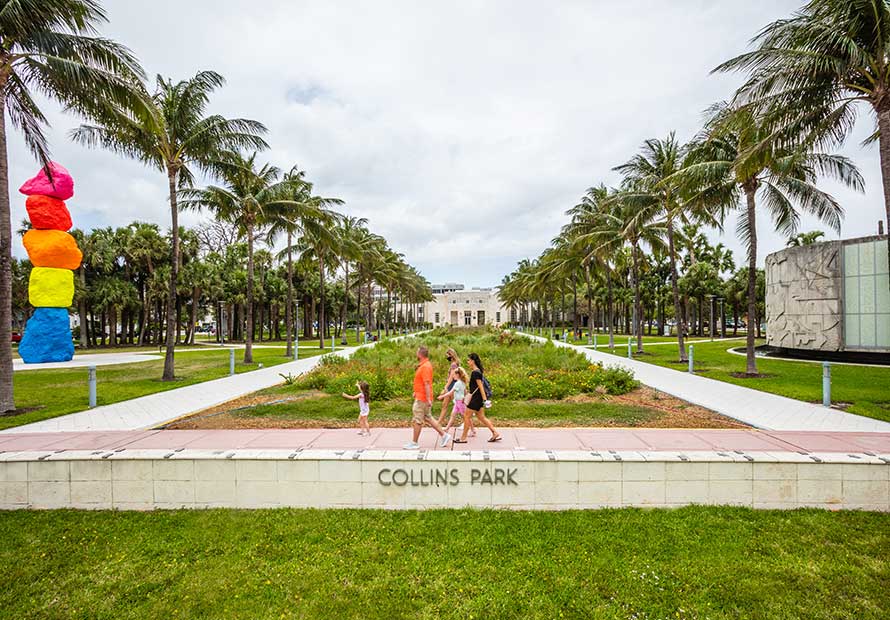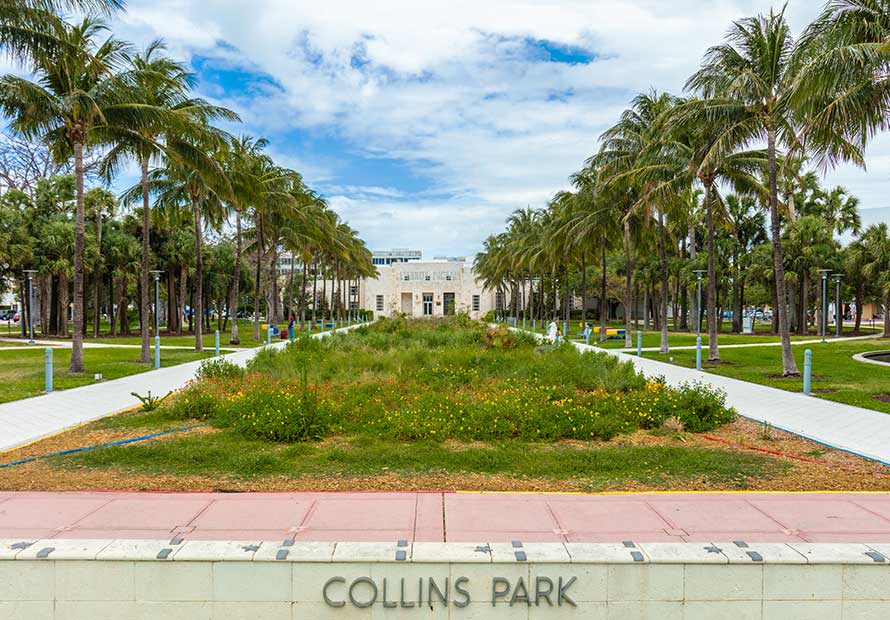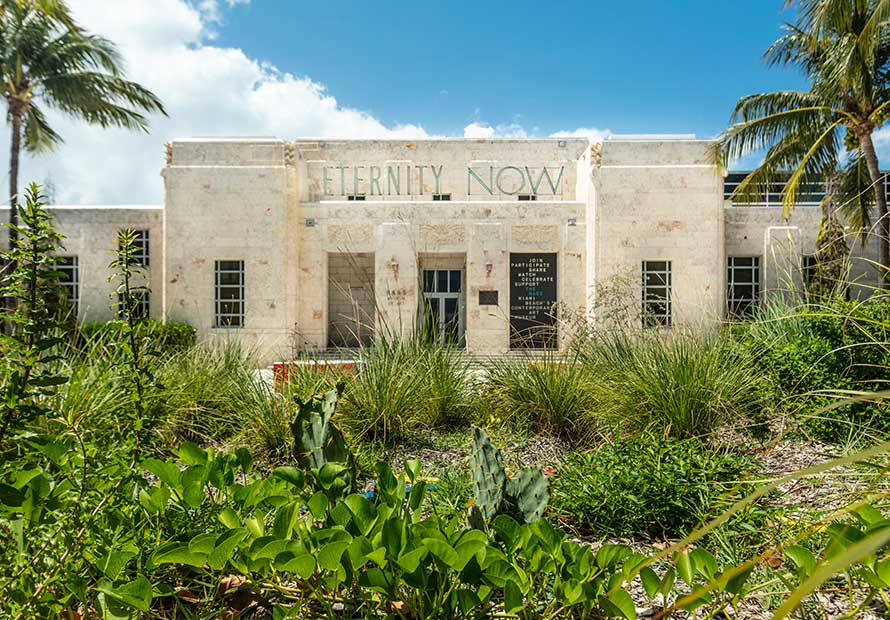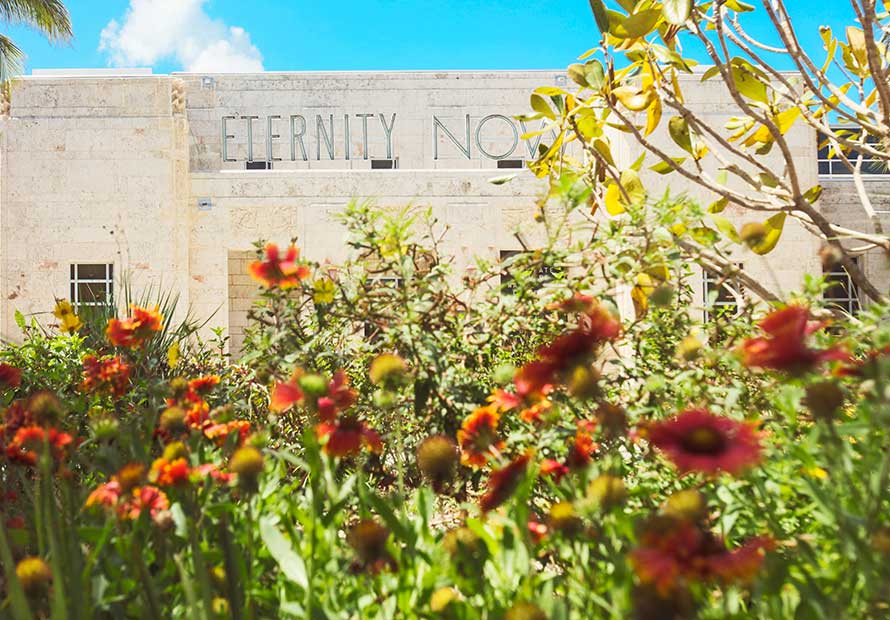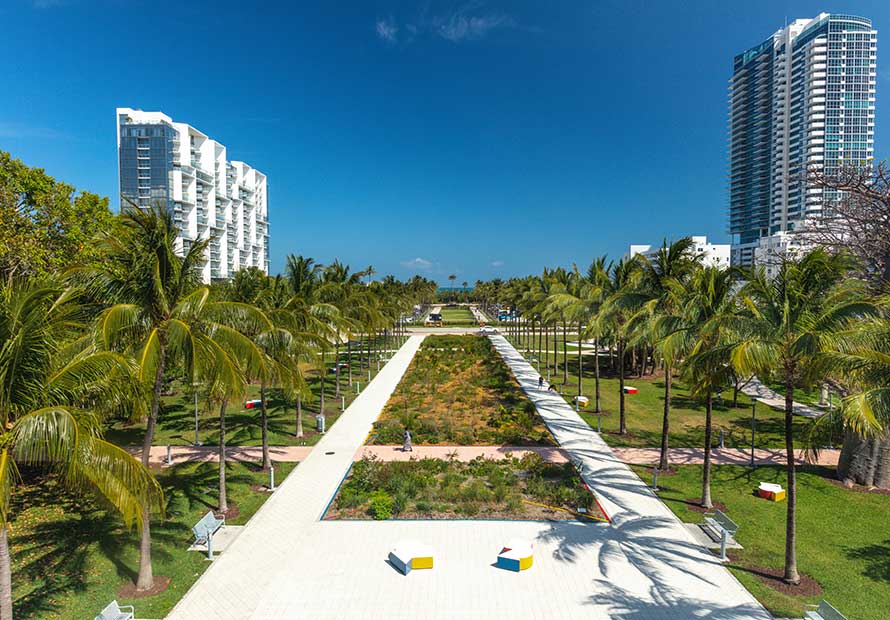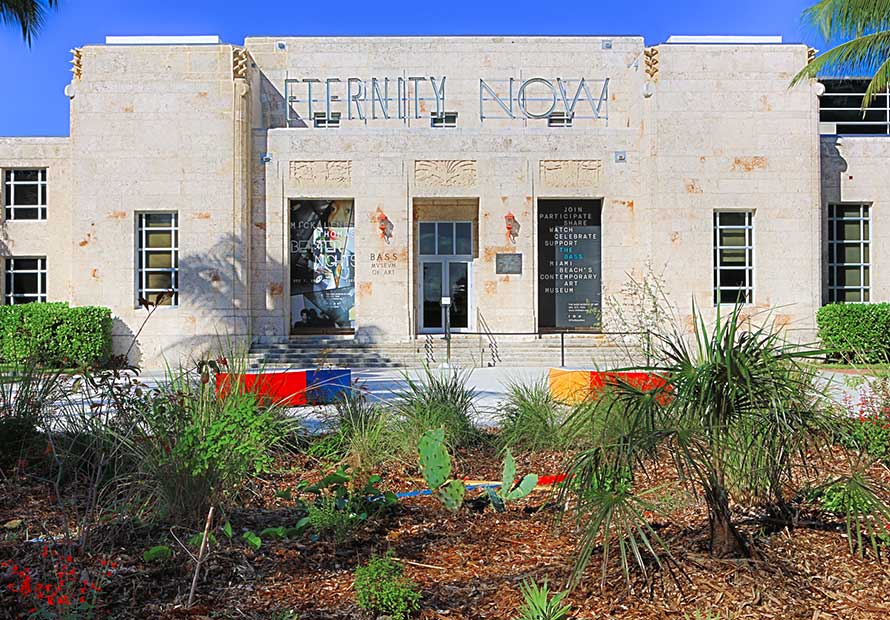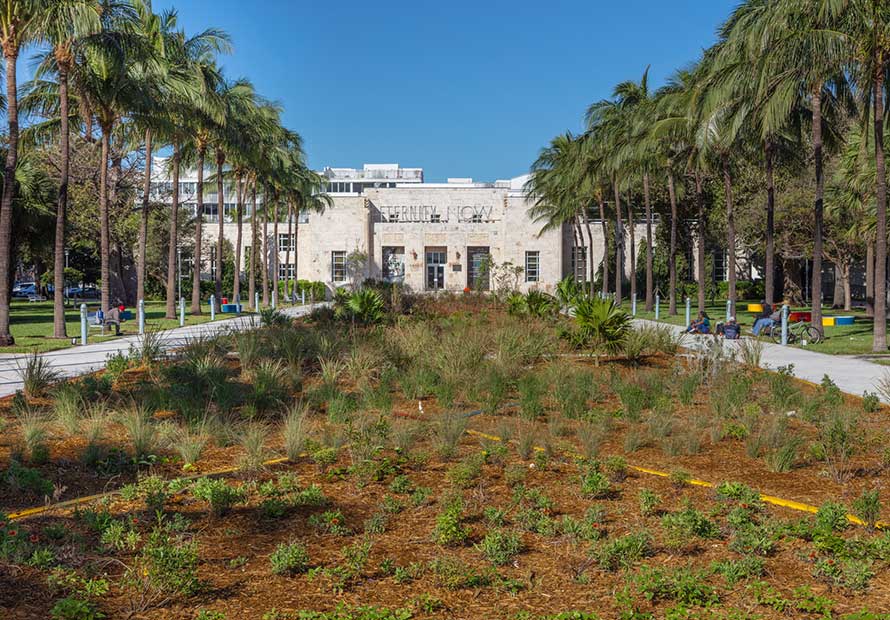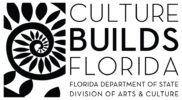ABRAHAM CRUZVILLEGAS
Agua dulce, 2020
Abraham Cruzvillegas’s artistic process is deeply influenced by his surroundings; rather than being defined by a particular medium, many of his projects are linked by the platform autoconstrucción, a concept that draws from the ingenious, precarious, and collaborative building tactics implemented by the people living in Colonia Ajusco, his childhood neighborhood in Mexico City. He appropriated this term in relation to his practice to describe an approach of inventive improvisation and instability. This work has led him to explore his own origins and to collaborate with family and friends in a very personal form of research that results in a constant process of learning about materials, landscape, people, and himself.
Extending from Collins Avenue along the central promenade of the park leading up to the museum entrance, Agua dulce, a large-scale sculptural installation, encompasses nearly 14,000 square feet. Commissioned by the museum, the project will bring the artist’s philosophy of autoconstrucción or “self-construction,” a practice of resilience and generosity, to The Bass’ Collins Park. Utilizing numerous species of flora, fauna and mineral; performers mimicking native birds; and seating that the artist constructed with locally sourced materials, Agua dulce will form a plant environment in front of the museum, free for the public to enjoy. Through collaborative research with local experts on native flora, Cruzvillegas selected around 23 different species to create the installation of more than 1,000 plants. Many of the included species, like the Salix Caroliniana (Coastal Plain Willow), have medicinal properties and are regularly used by the Seminoles, introducing notions of care and restoration to the installation.
Abraham Cruzvillegas (b. 1968, Mexico City) studied Pedagogy from 1986 to 1990 at UNAM (Universidad Nacional Autónoma de México) in Mexico City while simultaneously attending Gabriel Orozco’s workshop Taller de los viernes. In 2012, he was the 5th laureate of the Yanghyun Prize and in 2006 he received the Prix Altadis d’ arts plastiques. He lives and works in Mexico City.
